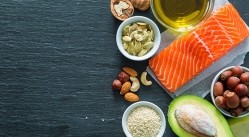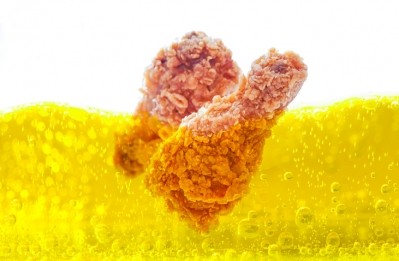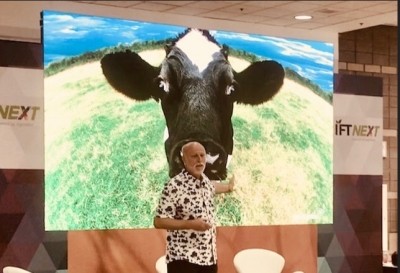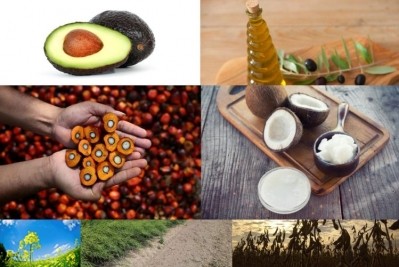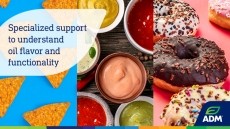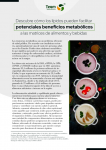News in brief
Enzymatically interesterified oils in focus as PHO replacement deadline looms
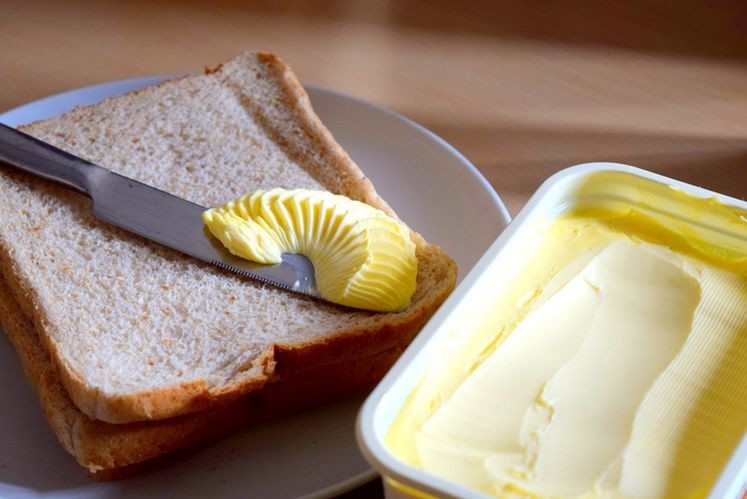
Novozymes – which shared a green chemistry award with partner ADM in 2005 for its work in this area – supplies an ‘immobilized’ enzyme that can be used to re-arrange the structure of fatty acids on the glycerol backbone of a triglyceride in order to alter a fat’s melting properties, functionality and plasticity.
“As far as we know, we are the only one that has a commercially available enzyme that is suitable for this technology, but it doesn’t mean that others won’t enter the space so we continue to look for ways to develop it further,” Arnaud Melin, VP of Food & Beverages, Europe, Americas at Novozymes, told FoodNavigator-USA.
While some companies are still using chemicals to re-arrange the structure of oil blends, the enzymatic process eliminates the use of harsh chemicals, byproducts and waste streams, and can be used on blends of liquid oils and hard stocks (such as regular liquid soybean oil and fully hydrogenated soybean oil, which is trans-fat-free) to create more robust PHO alternatives, he claimed.
Speaking to us ahead of our FREE-to-attend webinar on June 20 - ‘Chewing the fat: Navigating the healthy fats minefield' Melin added: “We’ve seen an increase in demand for this in the US as the enzymatic process uses less energy [than the chemical approach] and offers quality and sustainability benefits. We’ve also improved our understanding of how it works in the processing conditions of our customers.”
Asked about other growth opportunities for enzymes in the oils and fats industry, Melin said that recent innovation Quara LowP was generating a buzz in the oilseed industry as it can help processors remove naturally occurring gums when refining oil from canola and soy, delivering meaningful improvements in yield, reducing chemical use (as enzymes do the job instead of chemicals), and increasing the value of by-products, improving margins in a tight market.
He added: “We’re also working on additional areas of innovation in the vegetable oil processing market which we are not ready to comment on yet.”
Interesterification can be carried out using a chemical catalyst or an enzyme. Sodium methoxide is generally used as a catalyst in chemical esterification, while lipases are used in enzymatic esterification. Chemical interesterification is a random reaction while enzymatic interesterification can be random or regiospecific.
Source: ILSI North America
At Novozymes, enzymes are produced using a process called submerged fermentation, which involves growing microorganisms such as bacteria and fungi in closed vessels containing a nutrient broth and a high concentration of oxygen. As the microorganisms break down the nutrients, they produce the desired enzymes.
*The FDA extended the compliance date for certain uses of partially hydrogenated oils on May 18, explaining: "For the majority of uses of PHOs, June 18, 2018 remains the date after which manufacturers cannot add PHOs to foods. However, to allow for an orderly transition in the marketplace, the FDA is allowing more time for products produced prior to June 18, 2018 to work their way through distribution. The FDA is extending the compliance date for these foods to January 1, 2020."
At the same time, the FDA denied a food additive petition from the Grocery Manufacturers Associationrequesting approval for certain limited uses of PHOs. To allow for time for reformulation, the agency is extending until June 18, 2019 the compliance date to stop manufacturing foods with these specific, limited petitioned uses of PHOs, and until Jan. 1, 2021 for these products to work their way through distribution. Click HERE for details.
- Confused about fats? Sign up for our FREE-to-attend webinar on June 20: Chewing the Fat: Navigating the healthy fats minefield, and quiz our experts on the science around fats & health, find out how consumers are thinking about fats, and access new market data ...

